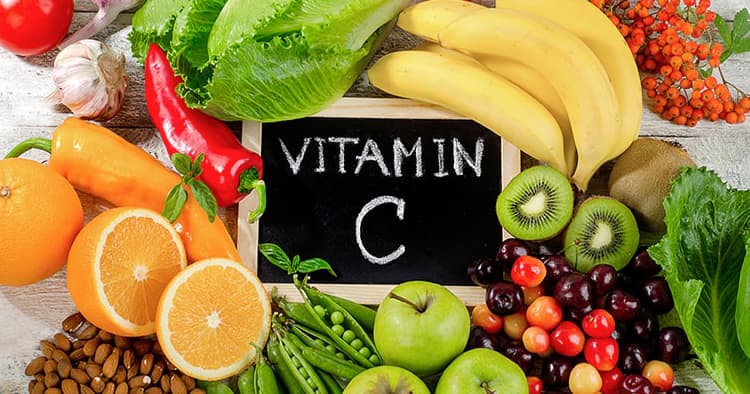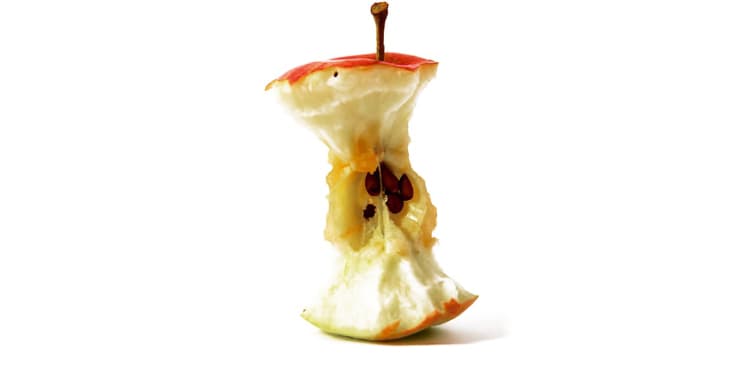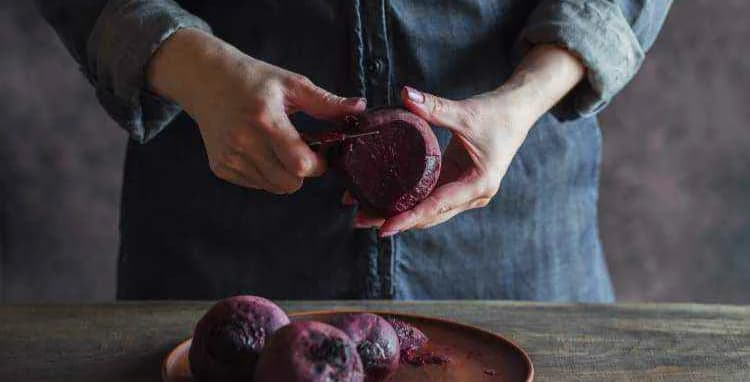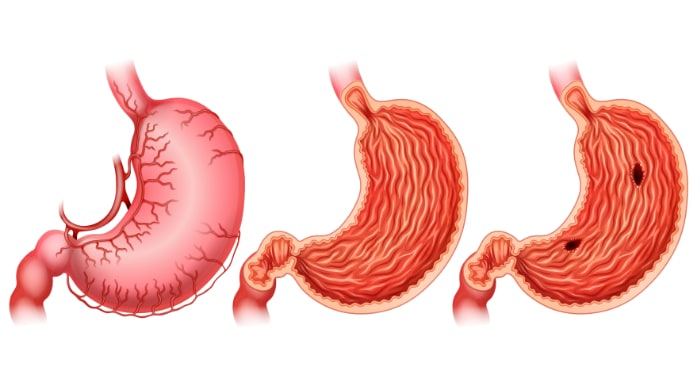
Beauty creams, lotions and potions most often aren’t backed by research studies. So before you go spending your hard-earned cash on an expensive skin care product, keep in mind there’s a much cheaper option: vitamin C. Vitamin C for skin is backed by science and I’ve got an easy solution for how to get enough of it….
When I look in the mirror, I feel grateful that my skin still looks youthful. Sure, I practice what I preach and eat healthy. But in a way, I’m lucky….
I think back to all those toxic chemicals in household cleaning and hygiene products I used when I was younger. And the amount of time I spent in the sun without wearing sunscreen.
You can eat the best veggies for skin, hair and nails every day. But if the first couple decades of your life is filled with environmental stressors, your skin today might not look so youthful. That’s why I feel fortunate to have healthy-looking skin.
Just a couple years ago, out of all the supplements sold around the world–totalling $133 billion–a staggering 20 percent of this total was purchased for beauty.]
I’ve been duped by beauty products in the past; no doubt you have as well. Without doubt, some of them I swear by. But most of the time, beauty, especially skin-enhancing products sell because the brands that sell them appeal to your emotions and desires.
Moreover, lots of these beauty products are not backed by research studies.
So how do you know which products are legit? And safe! (I use the Environmental Working Group's Skin Deep app to check out the safety of skin care products and more….)
Look, I’m not telling you to ditch your favorite facial toner. If it works great for you, keep using it.
But as a nutritional therapist, I believe that food should be your ultimate safeguard against premature aging. Yes, diet alone can enhance your beauty.
And I have the perfect, easy and cost-effective solution for your skin….

Vitamin C for Skin: proof it works
There’s not much research that proves a vitamin C topical solution for skin health works. However, there’s some solid evidence that dietary sources of C can prevent aging.
This study showed that women ages 40 to 70 who supplement with vitamin C have improved skin brightness and less dark circles, spots, and redness.
And in this experiment, 60 healthy non-smoker males and females, ages 40–65 years, all of whom present with clinical signs of skin aging, show improvement in skin elasticity, moisture and antioxidant capacity when taking a vitamin C supplement for 90 days.
Furthermore, this study suggests C improves red, patchy areas of skin, as well as hydration, radiance, and overall appearance. In addition, the benefits of vitamin C for skin is evident by a decrease in intensity of skin spots, UV spots, and brown spots, improved skin texture and appearance of pores.
This water-soluble antioxidant also boosts the two proteins–collagen and elastin–that provide structure to your skin.
And if you need more proof, here’s an exhaustive study on vitamin C and skin health in the journal, Nutrients. (I’ll summarize some of its key finding below for you.)
If you’re sold on science and not by hype, then there’s plenty of evidence that suggests getting loads of vitamin C in your diet, especially from green leafy veggies, benefits your skin.
And the easiest way to make sure you’re getting a solid daily supply of green leafy veggies is not by eating a salad, although that’s super healthy. Nope, it’s by having Organic Green Drink everyday.
Each serving of Green Drink supplies you with 44% of your suggested daily value of vitamin C.
Personally, I start off each morning with 16 oz. of Green Drink (88% daily value). It’s my breakfast. And my morning beauty regimen.

Vitamin C For Skin: Why It Works
You’ve probably heard of collagen powder. I talk about why people are freaking out about it on the Internet here.
Collagen, as I mention above, is one of the skin’s structural proteins. Think of your own skin’s collagen like it’s a network of sticky support beams of a skyscraper.
When you’re young, your skin collagen support beams are strong and erect. That’s why you don’t have wrinkles in your early 20s.
But as you hit age 30 and beyond, each year, you lose about a percent to two percent of your collagen; your skin’s building blocks and support structure degenerates.
Vitamin C for skin works wonders because it acts as a co-factor for the amino acids, proline and lysine. There are 20 amino acids. But these two especially provide stability for skin collagen molecules. Moreover, vitamin C also kick-starts collagen gene expression.
In someone with healthy-looking skin, the skin itself contains high concentrations of vitamin C.
And did you know consuming lots of this nutrient is critical in avoiding sunburn? Some studies show that excessive sun exposure leads to depleted C levels in the epidermis (the outer layer of the skin.)
Nutrition studies also show that the appearances of blemishes (hyperpigmentation) become less visible with higher fruit and vegetable intake.
Skin sagging also becomes diminished with high vitamin C intake.
Dry skin, scar formation, skin lesions, and wrinkles all improve following vitamin C supplementation.
But instead of spending money on a supplement, which you can’t be sure if it’s high-quality or not, you can spend as little as $5 a week for a daily 16 oz serving of Green Drink.
Vitamin C for Skin: Get It From Food Not From Pills Or Creams
Vitamin C is a potent antioxidant. It neutralizes environmental pollutants. Because researchers have determined that it plays an important role in the health of the epidermis, more nutrition research has focused recently on dietary vitamin C’s role in skin health and wound healing.
Isn’t it great to know that you can get great skin simply by drinking a delicious, organic Green Drink?












































